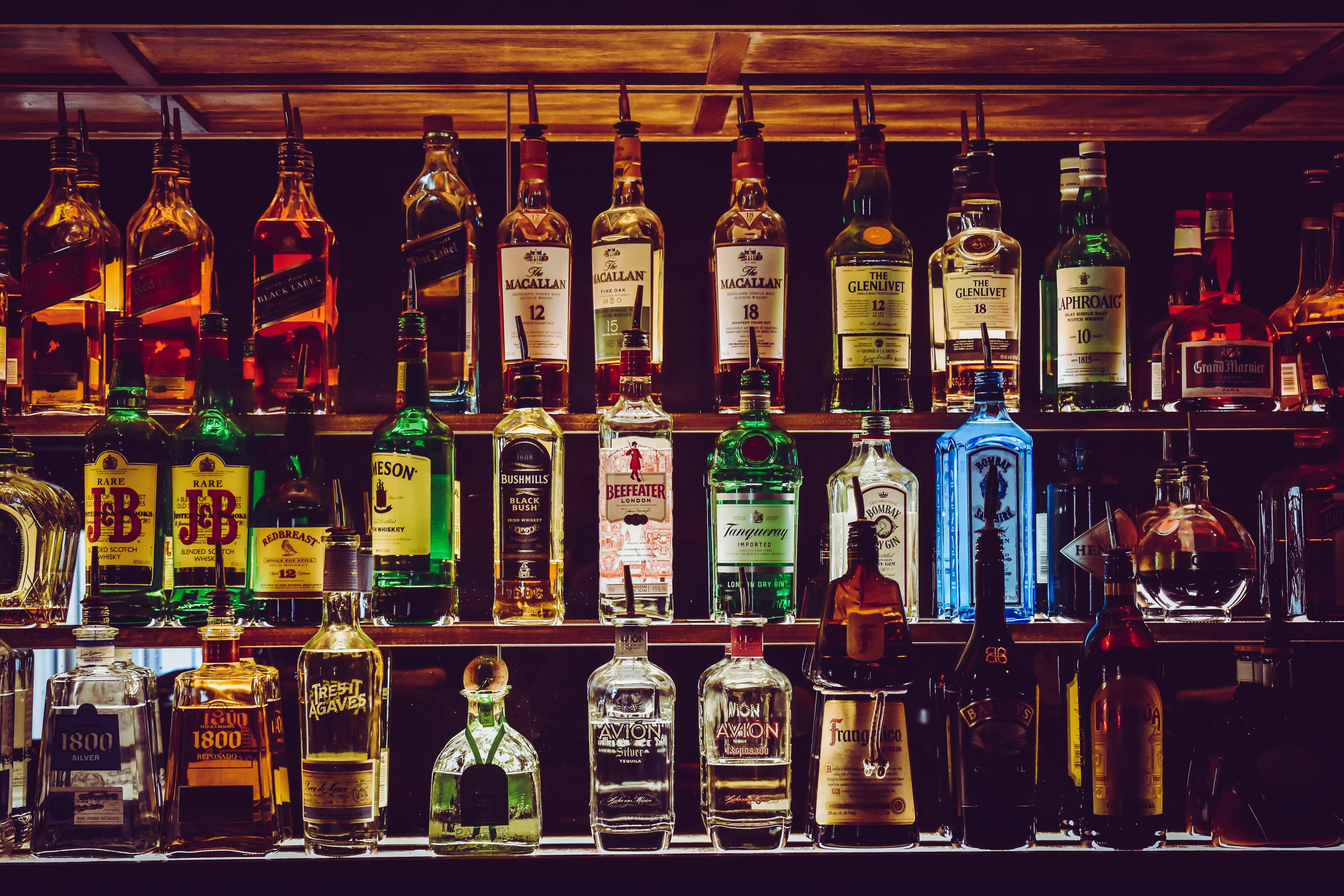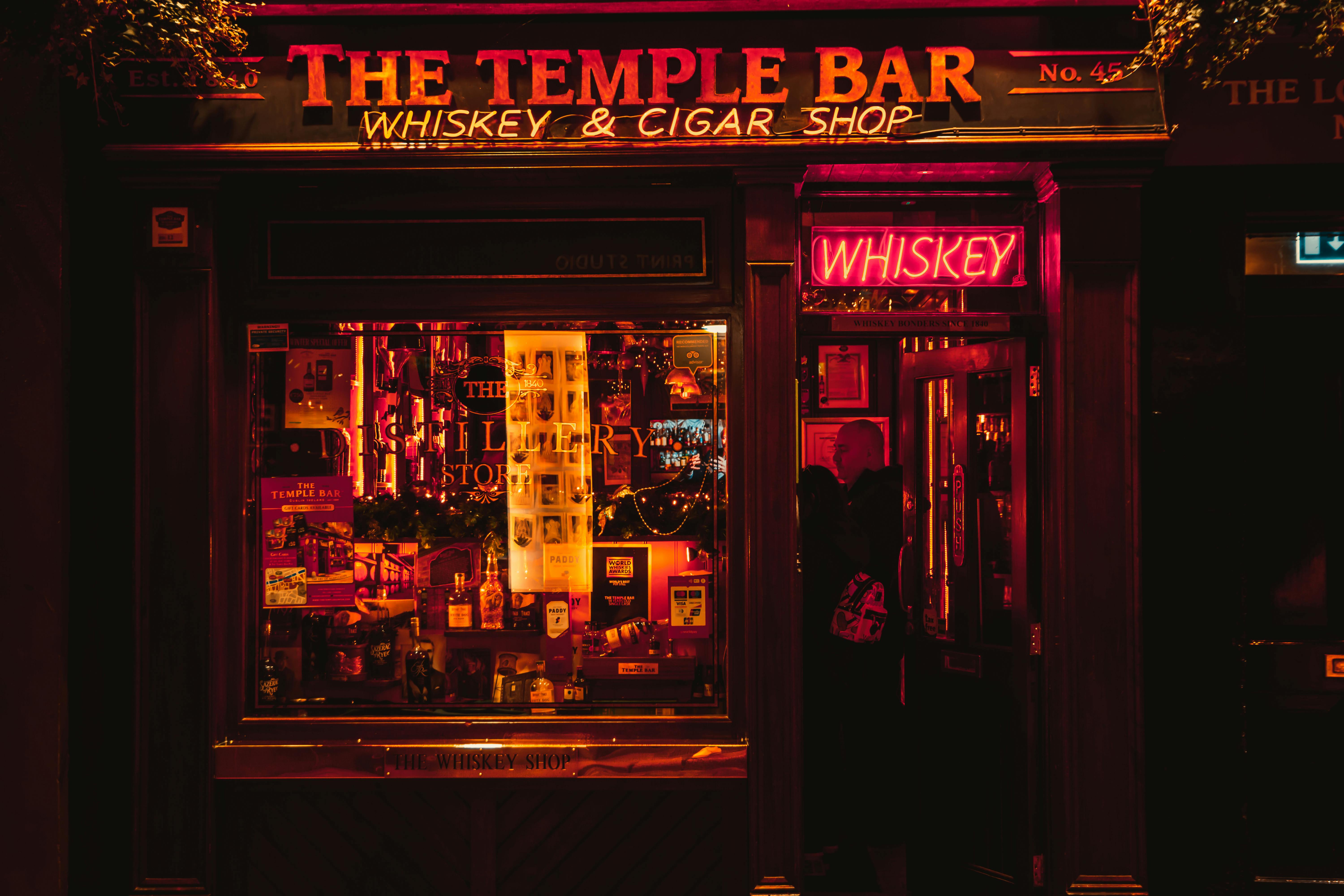Distilling whiskey is a centuries-old craft that involves transforming a low-alcohol mash into a high-alcohol spirit. The process of distillation involves boiling off the alcohol from the mash and then condensing it for collection. It is a complex process that requires knowledge, skill, and attention to detail to do properly. With the right equipment, ingredients, and technique, anyone can distill their own whiskey at home. In this article, we’ll look at the basics of how to distill whiskey and provide some tips for getting started.Distilling whiskey is the process of separating alcohol from a fermented liquid, typically a mash of grains, by heating it to the point of evaporation and condensing the resulting vapor. This process is used to create a variety of whiskeys, including Scotch, Irish whiskey, bourbon, and rye. The distilling process can take anywhere from weeks to months depending on the type of whiskey being produced. Distilling whiskey also involves aging it in wooden barrels for varying lengths of time to add flavor and aroma.
What Equipment is Required for Distilling Whiskey?
Distilling whiskey requires specialized equipment, depending on the type of whiskey being made. For traditional whiskey, two main pieces of equipment are needed: a still and a fermentation tank. The still is used to heat the beer-like liquid, called “wash”, and produce the distilled alcohol, while the fermentation tank is used to ferment the grains and other ingredients used in making whiskey.
In order to get the most out of your still, additional equipment may be necessary. This includes thermometers, hydrometers and mash tuns to ensure that the process runs smoothly and that all ingredients are properly mixed. Additionally, you will need bottles or barrels for aging your whiskey and cooling coils for condensing alcohol vapors.
Finally, you will need safety equipment such as goggles and gloves to protect yourself during distillation. It’s also important to have a fire extinguisher on hand in case of an emergency. With all these pieces of equipment in place, you’re ready to start distilling your own whiskey!
Gather Necessary Supplies
Before you start distilling whiskey, it is important to gather the necessary supplies. This includes a still, copper tubing, a thermometer and hydrometer, a mash tun, fermenter, and some other basic equipment. You may also need to purchase supplies such as yeast, grains, and other ingredients. Before you begin distilling whiskey, make sure you have all of the necessary supplies on hand.
Prepare the Mash
Once you have all of your supplies in place, it is time to prepare the mash. To do this, you will need to mix together malted barley and hot water in the mash tun. After allowing the mixture to sit for several hours, it will be ready for fermentation. During this process, enzymes in the malted barley will convert starches into sugars which will be used by the yeast during fermentation.
Ferment the Mash
Once the mash is ready, it can be transferred to a fermenter where yeast is added. The yeast will consume sugar present in the mash and convert it into
Ingredients Used in Distilling Whiskey
Distilling whiskey requires several ingredients, all of which contribute to the flavor, aroma and texture of the final product. The main ingredients used in distilling whiskey are barley, rye, corn and wheat. Barley is often used as the primary grain in whiskey distillation because it provides a strong and bold flavor. Rye adds a spicy edge to the whiskey while corn adds sweetness. Wheat is often added to provide a smooth and mellow flavor. Other grains such as oats and buckwheat can also be used to add complexity to the flavor of whiskey. In addition to these grains, some distillers also add other ingredients such as honey, spices and fruit extracts to enhance the taste and aroma of the finished product.
Other ingredients that are used in the production of whiskey include yeast, water and oak barrels for aging. Yeast plays an important role in fermentation by converting sugars into alcohol. Different types of yeasts can produce different flavors which affect the final taste of the whiskey. Water helps dilute the alcohol content in order to make it more palatable for consumption. Oak barrels are usually used for aging because they impart unique flavors
Distilling Whiskey
The process of distilling whiskey begins with a grain mash, which is a mixture of grains that have been soaked in hot water. The grains used in the mash are typically barley, wheat, rye, and corn. After the grains have been soaked, they are mashed and cooked to form a sugary liquid called wort. The wort is then fermented with yeast to create a beer-like liquid known as wash. The wash is then distilled in either pot stills or column stills to produce the whiskey.
During the distillation process, a low-proof alcohol is separated from the wash and collected. This low-proof alcohol is then aged in wooden barrels for several years to acquire its distinctive flavor and color. During this time, the whiskey will also gain alcohol by volume (ABV), typically between 40-60%. After aging, the whiskey may be blended with other whiskeys or flavored spirits before bottling.
In conclusion, distilling whiskey involves creating a grain mash with grains such as barley, wheat, rye, and corn; fermenting it into wash; distilling it into a low-proof alcohol

What Temperature Should be Used for Distilling Whiskey?
Distilling whiskey is a complex process that requires careful consideration of many factors. One of the most important considerations is the temperature used for distilling. The temperature used for distilling whiskey can have a significant impact on the flavor, aroma, and other characteristics of the finished product.
When distilling whiskey, it is best to use a temperature between 80-90°C (176-194°F). This range ensures that all of the flavor compounds are extracted from the mash without boiling off too much of the alcohol or creating off-flavors. It is important to note that different types of whiskeys may require slightly different temperatures to get optimal results.
For example, higher temperatures are typically used when distilling bourbon or Scotch whiskies as they require more intense flavors and aromas than other types of whiskeys. Conversely, lower temperatures are generally used when distilling wheat whiskeys as they require subtle flavors and aromas.
Temperature control is also important in order to ensure a consistent product each time it is produced. If the temperature varies too much during the distillation process, then it can lead
How Long Does it Take to Distill Whiskey?
Distilling whiskey is a process that requires patience and skill. The amount of time it takes to distill whiskey depends on the type of whiskey being made, the equipment being used, and the distiller’s experience. Generally speaking, it takes between four and eight weeks for a craft distiller to produce a standard batch of whiskey.
The process begins with selecting the grain, which may include barley, wheat, rye, or corn. The grains are then mashed in hot water in order to extract the sugars from them. After the mash has cooled down, yeast is added to it and allowed to ferment for several days. This produces a liquid known as “wash” which is then double distilled in a copper pot still.
During distillation, the wash is heated so that its alcohol evaporates. This vapor passes through a condenser where it cools down and turns back into liquid form – this liquid is known as “low wines” or “new make spirit”. The low wines are then redistilled in order to bring out their flavor and aroma characteristics.
Aging and Storing Distilled Whiskey
Whiskey aging is the process of storing whiskey in wooden casks, usually made of oak, to allow it to slowly mature over time. The aging process results in a unique flavor profile that can be enjoyed by whiskey connoisseurs. Aging also helps to mellow out the flavors of the whiskey and create a smooth finish. It is important to store whiskey correctly to ensure that it ages properly and maintains its flavor characteristics.
When aging whiskey, it is important to choose the right type of barrel. Oak barrels are the traditional choice for aging whiskey, but other types of wood are also used. The type of wood used will affect the flavor profile of the aged whiskey; for example, some woods may add sweetness or spiciness to the finished product. The size and shape of the barrel can also influence how quickly or slowly your whiskey ages.
When storing distilled whiskey, it is important to keep it in a cool, dark place away from any source of heat or light. This will help prevent oxidation which can alter the flavor of your whiskey over time. Temperature fluctuations should also

Conclusion
Distilling whiskey is a complex process that requires knowledge and skill. It can be very rewarding if done correctly. The key to a successful distillation is finding the right balance of malt, water, yeast, and other ingredients. Quality control is also important, as distilling must be done in a sanitary environment to prevent contamination. Additionally, understanding the different types of stills and the various stages of distillation can help ensure that the best possible whiskey is produced. Although it may take some time and effort to learn the process of distilling whiskey, it can be an enjoyable experience with great results.
Whiskey has been around for centuries and continues to be enjoyed by many today. Distilling whiskey allows people to create unique spirits that have their own unique flavors and aromas. With some practice and guidance, anyone can learn how to distill whiskey, allowing them to experience the full range of flavors available in this classic spirit.

